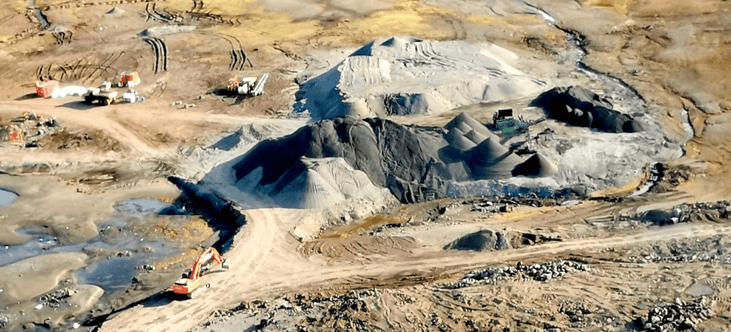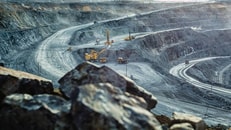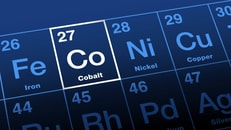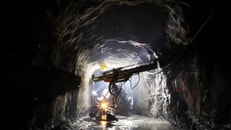Bluejay Mining enters industrial gases
Bluejay Mining is to embark on the exploration and development of helium, industrial gases, and hydrocarbons under a new corporate strategy.
In a statement,the company said it marked its commitment to innovation and growth in the natural resources sector and maximising value for shareholders.
Recognising the increasing global demand for helium and industrial gases across critical sectors such as healthcare, aerospace, and energy, Bluejay believes it is strategically positioned to capitalise on potential opportunities.
... to continue reading you must be subscribed
























